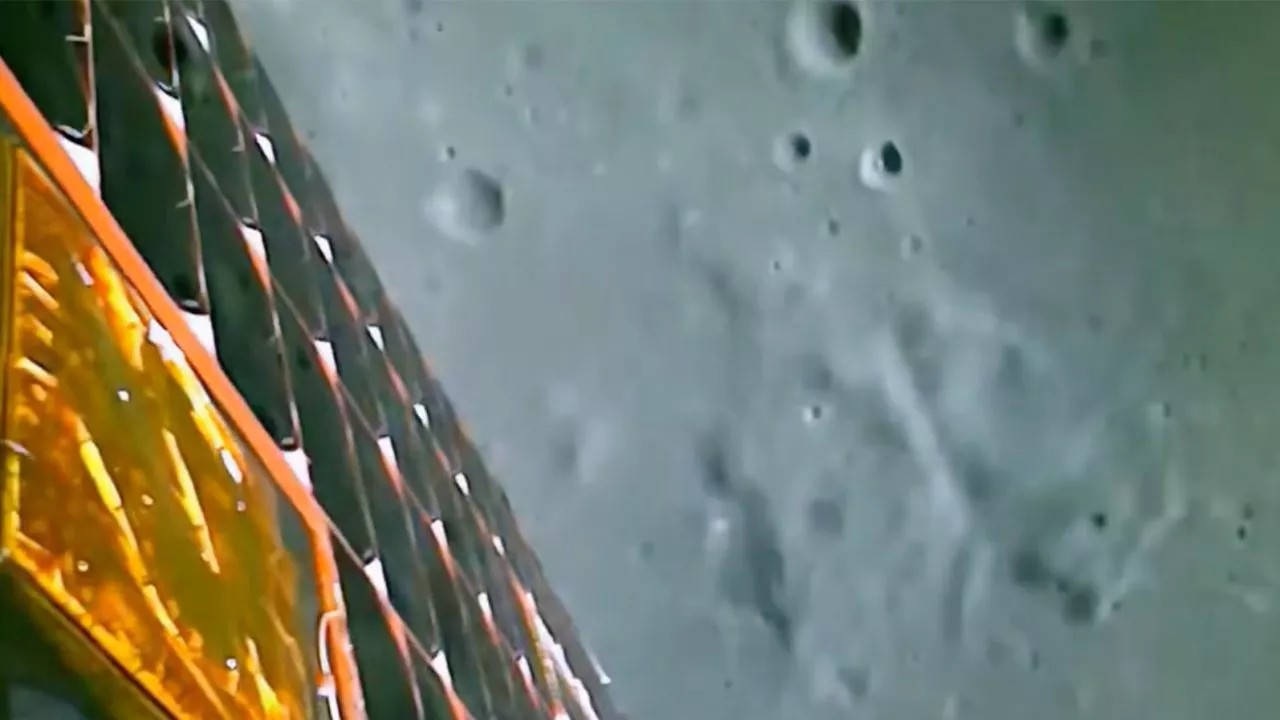Indian Space Agency said that their Moon rover has found the existence of Sulphur on the lunar south pole. Last week, India became the first nation to land an aircraft near the broadly undiscovered South Pole, and just the fourth country to land on the Moon.
Indian Space Research Organization (ISRO) said on Monday in a statement that the Laser-Induced Breakdown Spectroscopy (LIBS) device onboard Chandrayaan-3 Rover has made the first-ever in-situ measures on the elementary piece of the lunar surface near the south pole.
It added that these measurements demonstrate the existence of Sulphur in the region apparently, something that was not achievable by the instruments onboard the orbiters.
ISRO added that the spectrographic research also demonstrated the existence of aluminum, calcium, manganese, silicon and oxygen, iron, chromium, and titanium on the lunar surface.
The Moon rover Pragyan will walk around the unexplored south pole and share photos and scientific data over its lifespan.
India has been steadily reaching the accomplishments of other space programs at a bit of their cost, despite suffering some lapses.
Chandrayaan-3 has been on public watch since launching nearly six weeks ago in front of cheering viewers, and its victorious landing on the Moon last week came just days after Russia’s lander smashed in the same region.
It also prepares a mutual mission with Japan to send another search to the Moon by 2025 and an orbital mission to Venus within the next two years.




